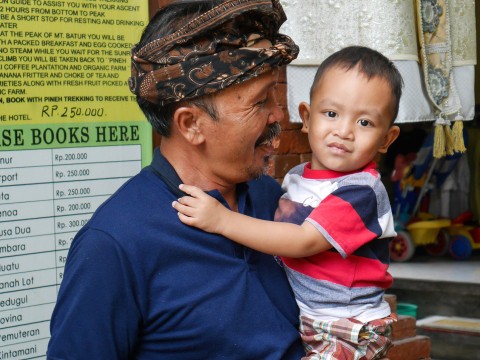If you walk around Bali, especially Ubud, around this time of year, you might notice empty rice fields or farmers burning their crops. If so, consider yourself really unlucky. You just missed harvest moon in Bali!
Since the good old days, a majority of Balinese have chosen the life of agriculture. From tending rice fields to livestock, agriculture is an inseparable part of Balinese culture. The ceremonies that we have today pretty much came from this agricultural tradition. Rice is a staple food for not only Balinese, but also Indonesians. We even have a saying “a meal’s not a meal without rice”. Hence, a large portion of farmland are rice fields.
Harvest moon used to come every 6 months, but thanks to advancements in biotechnology, rice can be harvested every 3 months. But, despite advances in farming technology, you can still see a fragment of old tradition in Bali, where a little hard labour worked wonders.
When it’s time to harvest, farmers organize themselves into several teams called sekaa. Each sekaa has a specific duty, be that preparing equipment, cutting rice stalks, and so on. Everyone works together to get the job done. One important, yet almost extinct, sekaa is the sekaa manyi. Their job is to collect grains of rice by grabbing a handful of stalks and then thrashing them onto a board until the grains scatter. A tarp below collects the grains. Nowadays, harvesting machines help ease the work. Once sacks of rice have been collected, another sekaa transports it to the market using either motorcycles or trucks. But sometimes, you might just catch a farmer carrying rice using baskets.
Once the harvest is complete, all that’s left is to celebrate the bounty by holding ceremonies and having a large feast with the neighbours!




